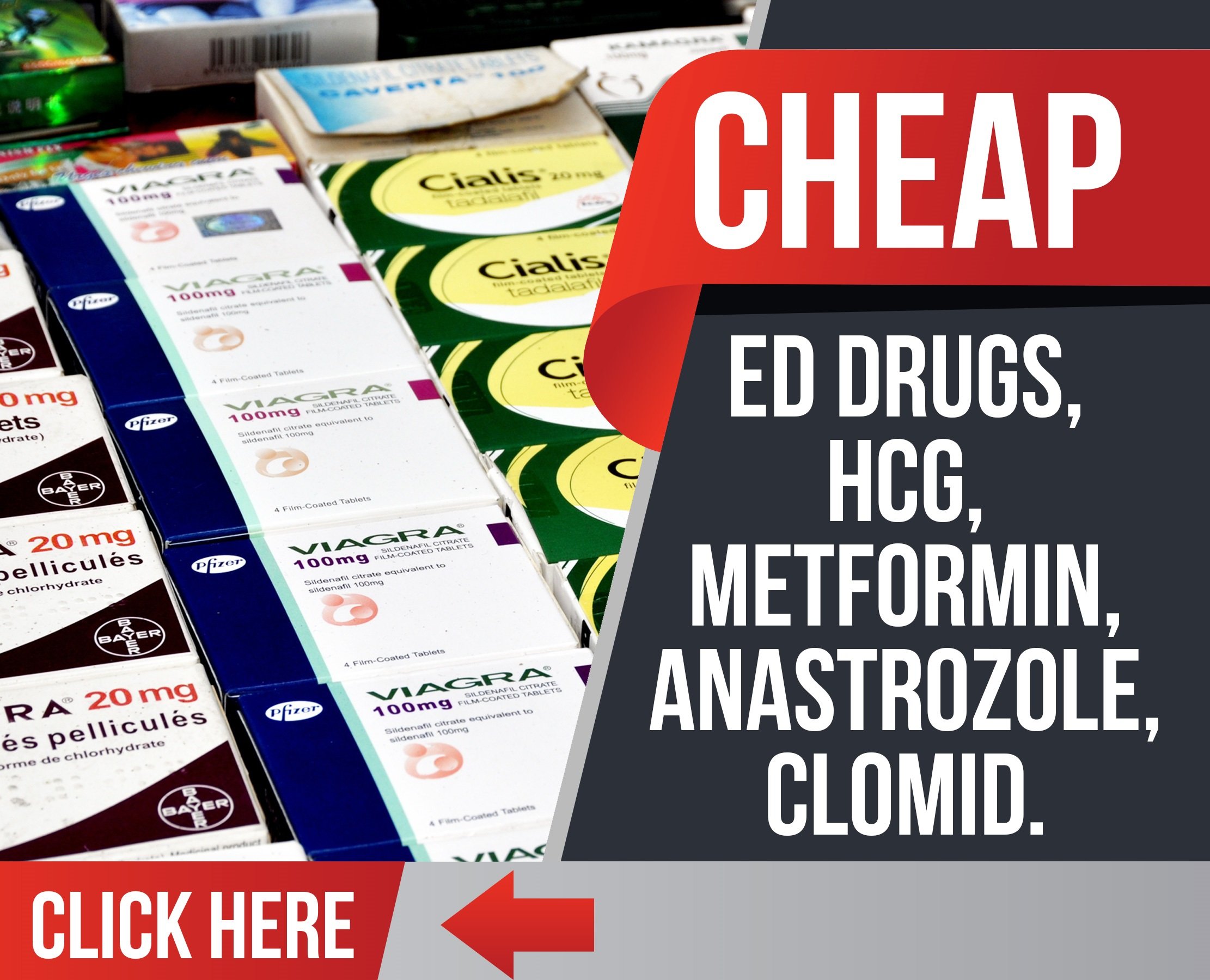Hello,
I wounder if anyone can offer any advice, I am 46 years old and seem to have a lot of symptoms that relate to low testosterone, is there anything to worry about in my lab tests? I see SHBG levels are high is this something to be concerned about?
Albumin levels are 45 g/L, so total free test is looking like 0.245 nmol/L = 1.35 % and Bioavailable Testosterone is 5.99 nmol/L = 33.1 %.
Testosterone 18.10 nmol/L
Luteinizing Hormone 4.7 IU/L
DHEA-S 5.90 umol/L
Oestradiol 78 pmol/L
Sex Hormone Binding Globulin (SHBG) 62 nmol/L
Follicle stimulating hormone (FSH) 3.3 IU/L
Prolactin 134 mIU/L
Vitamin B12 123 pmol/L
thanks
I wounder if anyone can offer any advice, I am 46 years old and seem to have a lot of symptoms that relate to low testosterone, is there anything to worry about in my lab tests? I see SHBG levels are high is this something to be concerned about?
Albumin levels are 45 g/L, so total free test is looking like 0.245 nmol/L = 1.35 % and Bioavailable Testosterone is 5.99 nmol/L = 33.1 %.
Testosterone 18.10 nmol/L
Luteinizing Hormone 4.7 IU/L
DHEA-S 5.90 umol/L
Oestradiol 78 pmol/L
Sex Hormone Binding Globulin (SHBG) 62 nmol/L
Follicle stimulating hormone (FSH) 3.3 IU/L
Prolactin 134 mIU/L
Vitamin B12 123 pmol/L
thanks
Last edited:


















